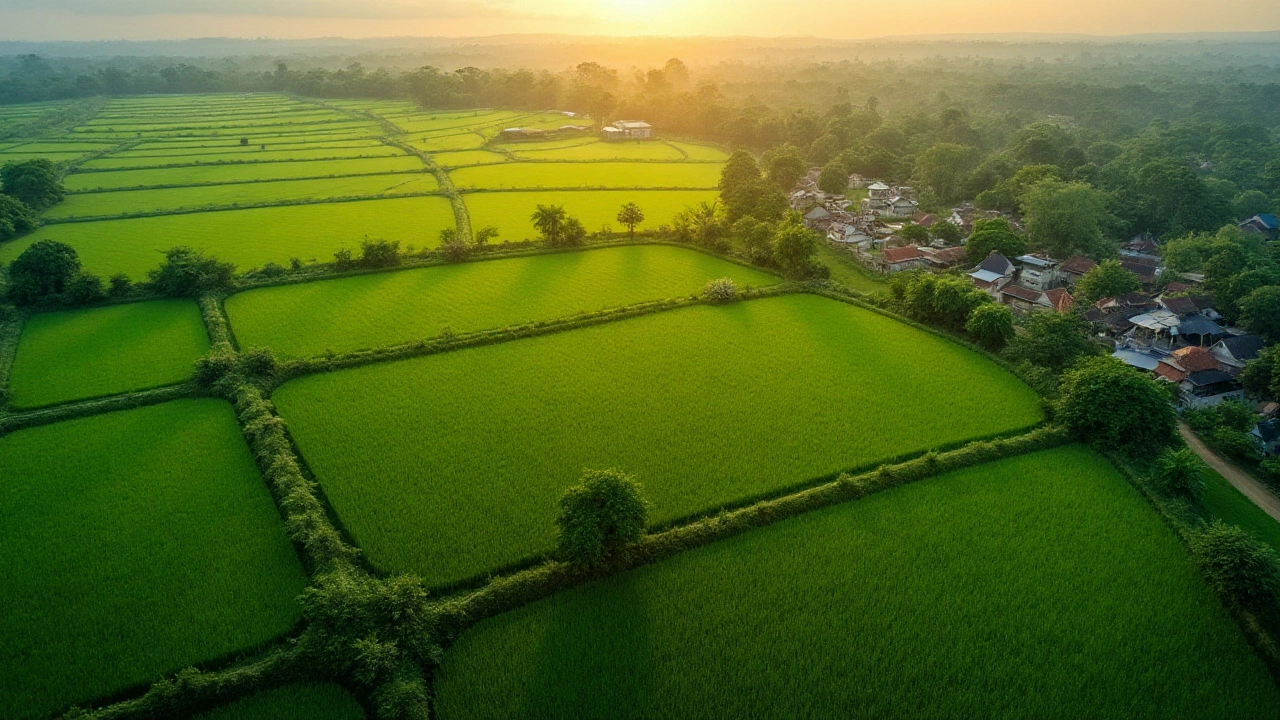Land Comparison Guide: Size, Soil, and Value Tips for Smart Buyers
If you’re looking at a piece of land, the first thing you’ll ask yourself is “Is this a good deal?” The answer isn’t just about the price tag. It’s about how the land measures up to other options – its size, the soil beneath it, and the local market. Below are the basics you need to start comparing land like a pro.
1. Measure the Land the Right Way
Most buyers think in acres, but a quick visual can help you grasp the scale. One acre is roughly the size of a football field (including end zones). If a plot is listed as 2.5 acres, picture two and a half football fields side by side. Use online maps or a tape measure on the ground to confirm the listed dimensions. Small errors in measurement can turn a great buy into a costly mistake.
When you have multiple listings, put them side by side in a spreadsheet. List the total area, shape (square, rectangular, irregular), and any usable portions (like a flat front yard). This simple table instantly shows which lot gives you the most usable space for the money.
2. Check Soil Quality – It’s More Than Dirt
Good soil can mean higher crop yields, easier construction, or better drainage. States like Iowa and Nebraska are famous for rich, loamy soil, while desert areas have sandy, low‑nutrient ground. Look for a soil survey report from the USDA or the local extension office. These reports grade soil on texture, organic matter, and drainage.
If you’re buying for farming, aim for a soil rating of “moderate” or higher. For building, focus on load‑bearing capacity – a soil test will tell you if you need a deep foundation, which adds cost.
3. Compare Value, Not Just Price
Price per acre varies wildly by location, zoning, and amenities. A plot near a highway may cost more per acre than a remote parcel, but the former could have higher resale potential. Calculate the price‑per‑acre for each lot and then adjust for factors like proximity to schools, utilities, and future development plans.
Don’t forget hidden costs: property taxes, maintenance, and potential environmental fees. Some states have higher property tax rates – for example, New Jersey tops the list in the US. Adding these recurring expenses to your comparison gives a realistic picture of long‑term affordability.
4. Use Real‑World Comparisons
People understand everyday analogies better than raw numbers. Say a lot is “the size of three basketball courts” or “big enough for a small orchard”. These phrases help you and your family visualize the space without getting lost in acres and square feet.
Also, compare land to recent sales in the area. Real‑estate websites often list sold prices. If a similar lot sold for $150,000 per acre last month, a listing at $200,000 per acre might be overpriced unless it offers something extra, like better soil or a better road.
5. Quick Checklist Before You Decide
- Confirm exact dimensions with a survey.
- Get a soil quality report – look for texture, drainage, and load capacity.
- Calculate price per acre and factor in taxes and fees.
- Compare to recent sales and similar parcels in the neighborhood.
- Visualize the lot using familiar references (football fields, basketball courts).
Following this checklist lets you compare land quickly and confidently. Whether you’re buying for a home, an investment, or a farm, clear comparisons turn big numbers into simple decisions.
Understanding the Size of 5 Acres: A Visual Guide
by Arjun Mehta Dec 14 2024 0 Real EstateExploring the true size of a 5-acre plot can be challenging without a visual reference. This article breaks down what 5 acres look like by comparing it to familiar spaces and structures. Discover fascinating insights and practical tips for potential land buyers or anyone curious about land dimensions. Understand how this specific land size transforms in different contexts and why it matters in real estate.
READ MORE